10 Tips for Brand Image to Show Brand Value
Better Brand image = Better Brand value = Better Brand performance = Better Business
Brand image is a direct reflection of your brand value, which can affect the performance of your company. This involves developing a unique product and/or corporate image to help a company stand out in a particular market – thereby attracting more customers.
The goal of any brand is to create a clear and consistent image that projects its values, abilities, and aspirations. Therefore, in order to boost your business and increase your authority in the market, you need to brand yourself with an image that is worth following.
Connecting a customer with a brand isn’t easy. It requires a lot of thought, consistency, and effort. This can be difficult to achieve, especially without branding your image properly. But with the help of this article, you can make this process easier!
What Is a Brand Image? A Definition
Brand image is everything that potential customers think of when they hear your company name. It’s the sum total of their memories and impressions that they have of your company.
It encompasses how your company conducts its business, treats its customers, interacts with the market in general, actually serves the customer (i.e. product quality and functionality), as well as how well known it is to its target market.
In short, brand image is a loyalty-building force that drives customer confidence in your brand.
What’s the Importance of Brand Image?
Brand image has a strong connection to the emotional side of the business, and it often incorporates values and beliefs that the customer holds dear. While branding is primarily concerned with promoting brand awareness and recognition, brand image plays a major role in defining what makes a brand unique.
Today, marketing companies use techniques such as surveys, focus groups, and social media interactions to determine if a company has a favorable brand image with its target audience. As well as with society at large.
Brand image is one of the most important aspects of a business and it must be treated with respect. With brand image, you can attract more customers to your business or products and services. This can create new revenue for the company.
For many businesses, the brand image may be the most important aspect of its performance.
What’s the difference between Brand Image and Brand Identity?
Brand identity and brand image are often paired together, but there is a difference that can be important.
- Brand identity refers to the way the public sees a company. This is what the brand identity works towards.For example, Coca-Cola has a strong brand identity that brings in business, but their brand image is different across countries. In some places, Coca-Cola is seen as sophisticated and classy. In other places, it’s seen as fun and approachable.Building a brand identity is an ongoing process. It requires you to take the time to evaluate how things are going and make adjustments where needed for continued success.
- Brand image is a specific type of company identity, it is the personality that your company gives off to various audiences.It’s the reason your clients keep coming back, why they recommend you to others, and even how they talk to your employees when they visit. Your brand image gives people an understanding of who you are and what services you offer.The brand image also reflects what makes the company different from its competitors. For example, if your company were to compete with Coca-Cola on price, you can still use a fun and approachable brand image, but it might not be by doing what they have done (having a playful logo or slogan). You would be just stealing another’s brand image in that case.
Thus, brand image can be seen as the “look” or “feel” of a company and how it is associated with its products in a particular market. Brand identity, on the other hand, presents an overall perception of a company based on impressions from past experiences.
Tips for Brand Image to Show Brand Value
Here are some tips for you to create your own brand image that shows your brand’s value in a creative and engaging way. There is no single way to build your brand, but the following are ways that you can intrigue viewers, communicate and be memorable.
1. Clearly knowing thyself
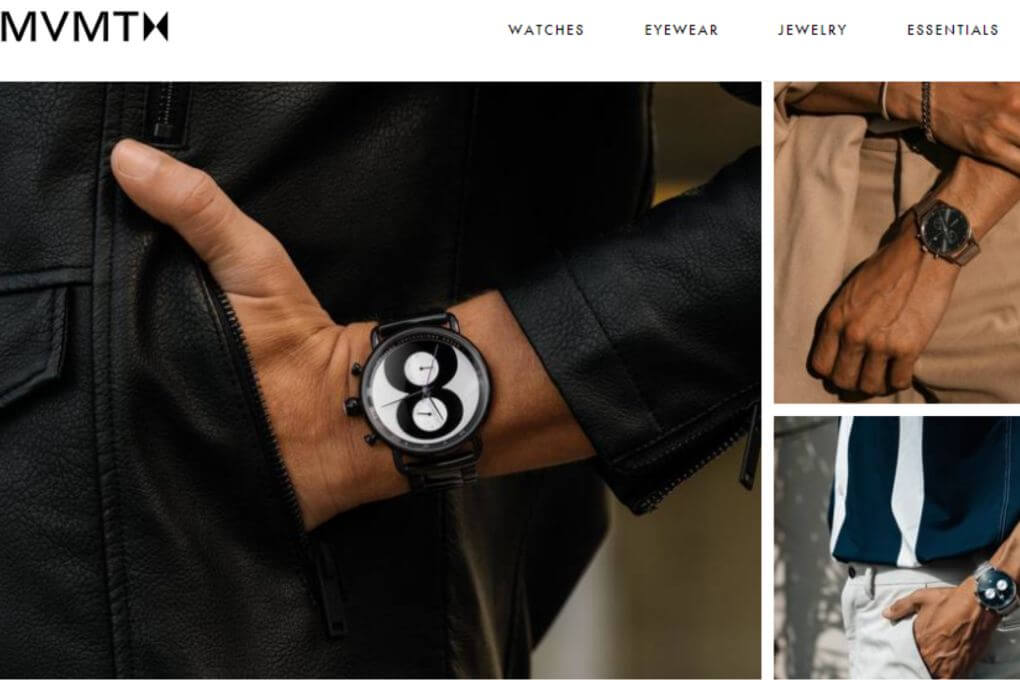
If you can’t put into words your brand image, then you have some work to do! To better present your brand, you need to know what it represents to you, and then in the mind of your audience.
Start by thinking about how you want the image to appear. If you were a consumer of your brand, what would be the brand image that you’d like to perceive?
Then talk about the brand with friends, family, and colleagues to get their input on how they perceive your brand. After a lot of research and feedback, you will begin to narrow down what the public thinks about your brand image versus how you’d like the image to be.
Understanding tone, voice, personality, and brand message are critical in helping all of the brand’s different avenues – from marketing materials to website copy to newsletters. These come together and sound like one unified voice.
If these different pieces don’t sound similar, your brand could come off as disjointed or confused, detracting from its carefully crafted image. It’s important that you know the image yourself first.
2. Make it get-at-able for people to understand
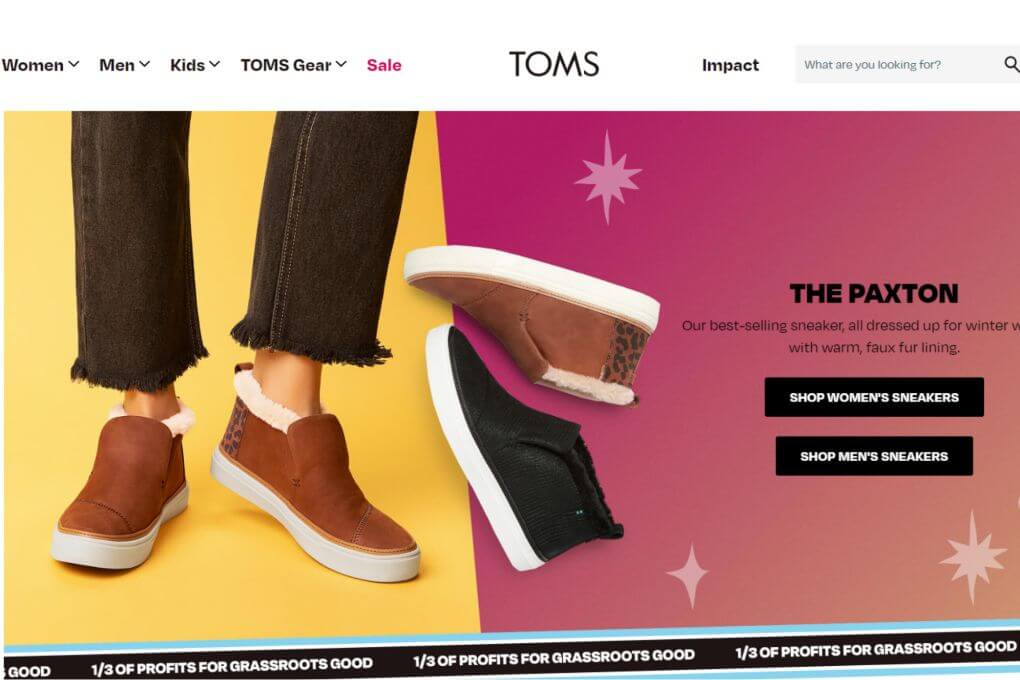
There is something very important about creating an extremely simple and recognizable brand. People are able to create their own feelings about a company by accessing the brand image.
Consumers are not always aware of the brand image of companies while going shopping, so a concrete plan to revamp the image is necessary to make your products distinct from others.
Refined marketing tools are needed. Designers should use ample labels and graphics to imprint on all sorts of products, for instance, packages or product tags, which need to be easily recognizable.
If you’re using human models in your brand image, invest in professional background removal services to place the branded model all across your content. Even without a human model, you would need background removal to get rid of unnecessary elements in your brand photos and graphics.
Make sure that your customers and potential customers are able to see your brand instantly. Take all of the time you need to create a powerful logo that reflects the personality of your business.
A well-designed, get-at-able brand image is a step to helping your business flourish.
3. Create a Mood Board
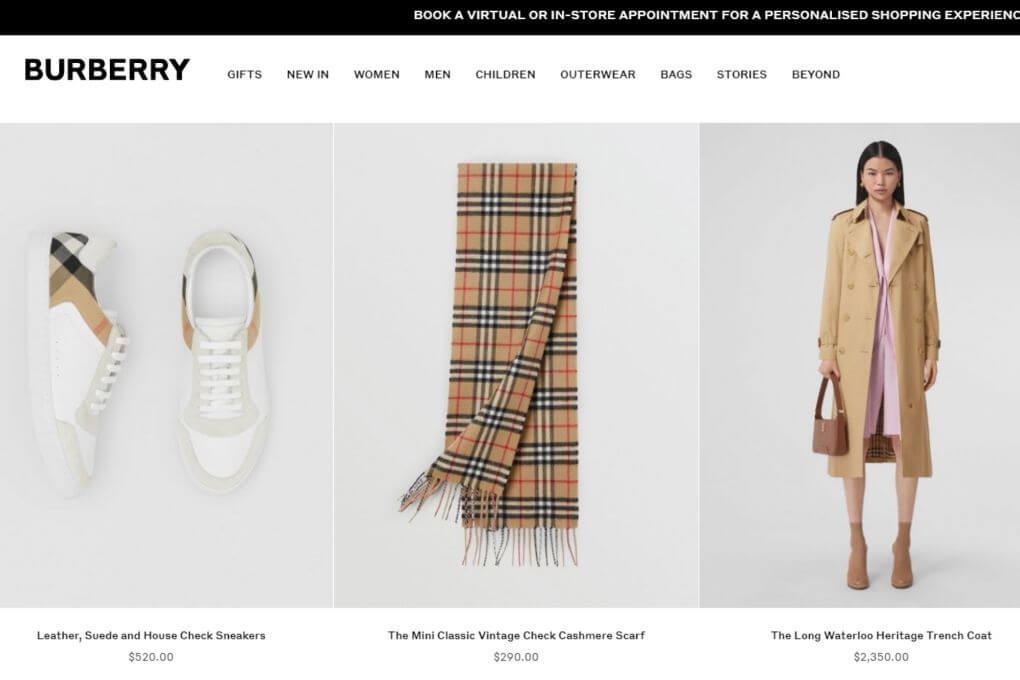
Mood boards allow you to concentrate on finding the “feel” of your brand rather than creating the first draft of your logo or other elements. Think about how you want the brand image to feel and then create a mood board using printouts, photos, ads, and anything else that inspires you.
They act as a “mood” or “feeling” board, with inspirational photos and other graphic elements. If needed, you can use professionally edited photos on the board to uplift your brainstorming process. This can be very effective for giving yourself an idea of what kind of brand you hope to create.
A mood board will help you choose the right kind of color scheme, fonts, and other design elements that carry the desired mood whilst keeping the design consistent in all its aspects. It should also be created in a way that represents the message you want your brand to convey.
By taking the time to plot out your ideal brand image, you can ensure that, whatever direction you take when developing your brand, it will still feel like your brand.
After all, no amount of time and effort is worth sacrificing what’s most important – being able to maintain a certain “you-ness” in the face of growing and evolving. Identifying the mood that personifies your brand is just the first step towards getting there.
4. Let Your brand tell a story

We all use brands every day, but few of us really consider what they mean. When you pick up a package or a product, it can be difficult to tell the difference between one brand and another; even products within the same brand may look confusingly similar.
However, if you look closely at bigger brands that you come across on a daily basis, they almost always have stories to tell. The companies that make these brand images always have a story behind their creation and design. And if they’re done well, they will tell this story with every product they create.
For example, Nike tells its stories through athletic success and racial equality for almost all of its products. Chanel tells its stories through empowering womanhood.
It’s no secret that consumers love a good story. Storytelling is an essential element of effective advertising, and it is particularly relevant when creating a brand image. A good brand story can go a long way in attracting loyal audiences.
Next time you create a logo or banner ad or make a component that should stand on its own, ask yourself – What story can this tell? What is the narrative this component is attached to? And finally, make sure the story meshes well with your brand image.
5. Know what your customers are thinking

Customer sentiment analysis goes well beyond your social media profiles and website. It helps reveal how people feel about your business in their everyday interactions. Many of the truly groundbreaking companies are already utilizing this technology and so should you!
Whether you’re a young startup or a more established brand, knowing what your customers are thinking can be invaluable for better understanding why customers love you, what needs improvement, and where future opportunities exist.
You can bet that your competitors are already mining social data for insights into consumer behavior, so you’re going to want to make sure you know what they know.
Understanding social data is crucial for knowing how best to engage with your customers, where to find them online, and how to create your brand image accordingly. Additionally, it’s also an opportunity for improving your business practices and making additional sales.
6. Inspiring, Modern & Approachable Image
It’s time for us to acknowledge that a bland, utilitarian, and corporate design aesthetic is no longer favorable.
The design world has moved away from the sober austerity of the past and today we are presented with a much wider choice of styles and approaches to apply to our brand image. Why not place some inspiration, beauty, and humanity into everything we make?
A brand can stand out from its competitors and reach a broader swath of potential customers by energizing its customers with an approachable, welcoming, human brand image.
7. Focus on the identical selling position
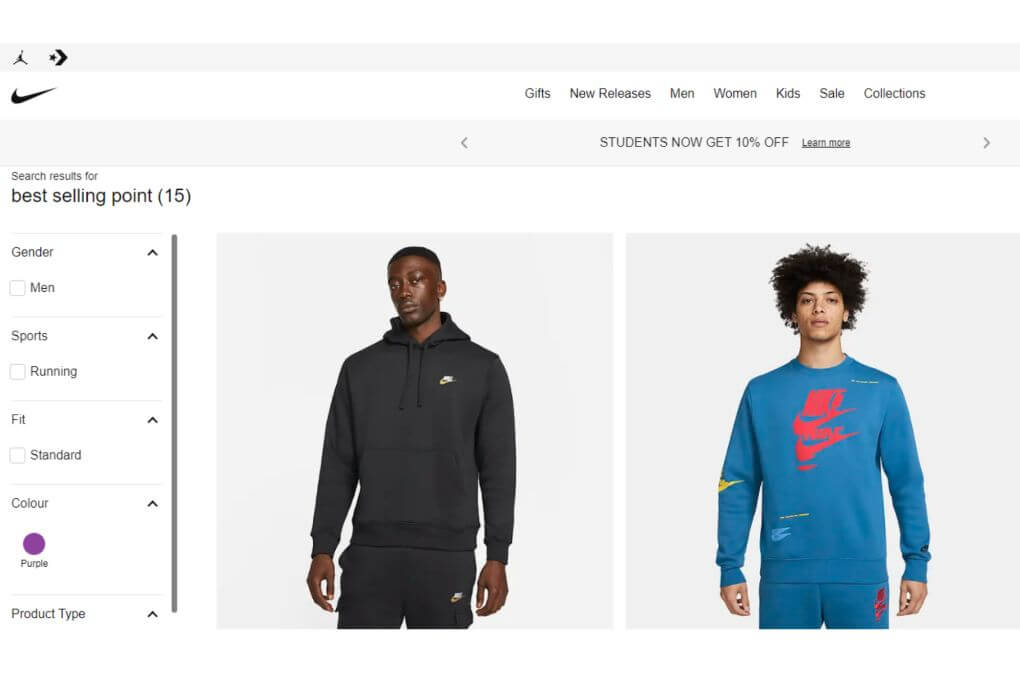
With the identical selling position in mind, you should be able to easily identify your target audience. From there, all you’ll have to do is craft your brand image around the benefit that the product provides for this audience, rather than on its specific elements.
In a crowded marketplace, it’s considered important to ensure that you’re clearly conveying the benefits your product/service brings. The more you can get in tune with the needs of your customers, the easier it will be to do this and design a brand image.
Thus, a viral brand image will be of interest to anyone who fits your audience description and appeals to their needs.
8. Design for the long term with sustainable development
A brand is not just a design or symbol. It represents a philosophy in every way and can become a driver for healthy growth.
The long-term goal of corporate branding is sustainable development, which combines the business and marketing objectives of a company, with the values and interests of society. This can only be achieved when the brand has feelings in consumers’ hearts and minds.
Sustainability can make brands not only continue to exist in the market but also bring benefits to the internal market. It will not only deal with the price of goods but also add value to their lives.
Although we may not realize it, we all contribute to sustainable development. We can still make a difference in preventing potential crises or promoting global well-being if we just do it right. So while designing your brand image, imagine what would happen if you accounted for a longer time scale.
We may not realize it now because current resources demand most of our attention. However, we have a role to play in preventing potential crises or promoting global well-being. We can design for the future.
Do more now to benefit not only your business but the world in the future. Design your brand image for the long term with sustainable development in mind, and you’ll go a long way towards making many current problems irrelevant.
9. Maintain brand consistency across product lines
Even though product lines have different target audiences, they are still part of the same brand. As a result, whatever branding strategies you employ for a certain product line should be reflective of your company’s brand image in general.
This means ensuring typographical consistency across product lines, such as font choice, style, size, and placement. Although some substantial changes are bound to be made as the product evolves, there is no need to introduce radical shifts in design.
For example, maintaining the elements of a brand’s existing logo will benefit consumers by making them familiar with the final product.
It’s important to establish a coherent brand that your customers can rely on across product lines. Brands that want to keep their image and product in sync with one another should strive to maintain consistency.
10. Increasing your social media engagement
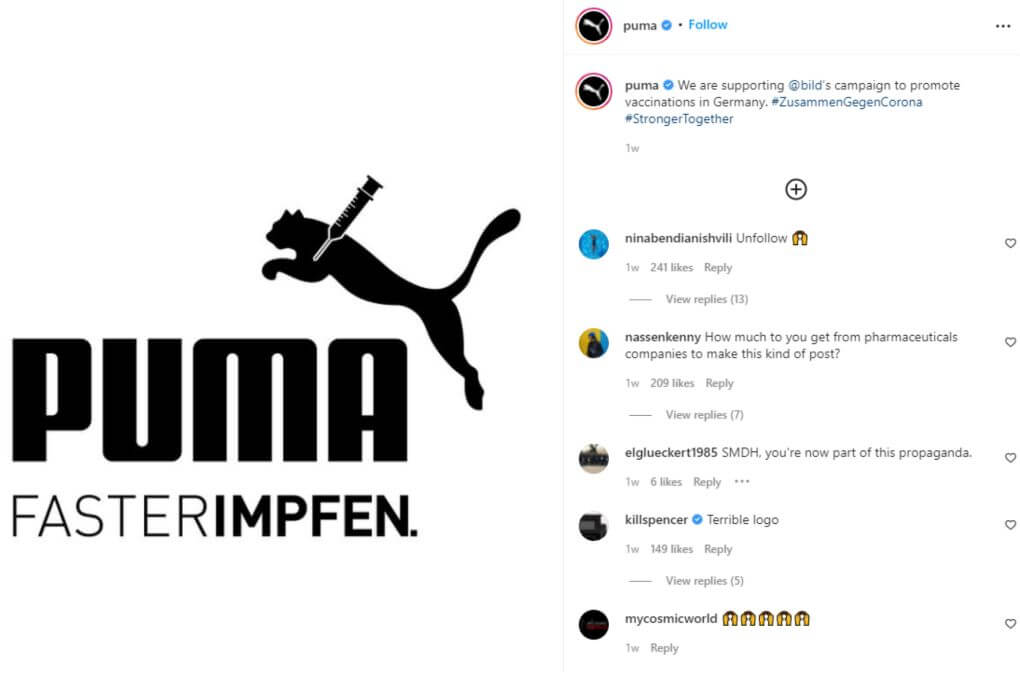
Engaging the audience is not only done for the sake of keeping them interested in your social media posts, but it also reveals what sort of company you are. This is a major factor to an excellent brand image.
Nowadays, it’s needed to know how to engage people so they’ll be interested in what you post even without a catchy visual. The engagement rate shows the number of people who comment, share, retweet, etc. your content. It can help you determine how good your brand image is and what could be improved.
Final Verdict
Your brand’s image is everything. A little extra effort will be worth it in the long run for both style and substance. Make it unique, memorable, and valuable – and you can get ahead of the competition with a snap!
Jacob Wyatt
The Content & Digital marketing head at Clipping Path Studio, I help build your brand and product from the ground up. My passion is helping businesses like Bplans.com improve their web presence and grow sales. At CPS, one of the best 24/7 photo editing agencies, I write about photography - my second passion! Additionally, I’ve been writing for multiple other niches, 7+ years to date.
